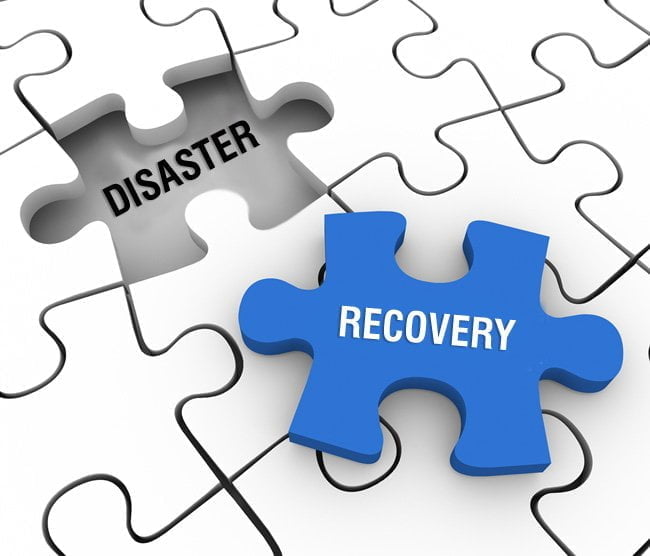6 Tips for Effective Disaster Recovery and Business Continuity
by Abdul Aziz Mondal Business Development Published on: 20 November 2017 Last Updated on: 23 September 2023

Every business is a combination of disasters and successes. Sometimes if you are lucky enough, the disaster might be on a lower level, causing controllable damage. You can never become successful if you do not have a solution for every possible situation. Whatever business you choose to do, always be prepared to face calamities as well.
Every major company has a disaster control, and recovery department dedicated explicitly to this. Sometimes, having no recovery plans is more dangerous than the actual damage itself. You can recover from a disaster in no time if you already have a plan, but if it gets you out of nowhere, the damage will be long-lasting.
Here we have chosen some points for faster disaster recovery.
1. List down possible risks
It is better to be prepared for the storm before it comes. It will not stop the storm but will help you recover quickly. List down every possible thing that can go down and keep an alternate solution ready in hand. For example, if you are running an online business. It will depend on the efficient working of your website. If the site goes down, you can lose thousands at a given time. The practical solution for this problem is to provide an alternate website, while you are fixing the actual one. Remember, once you are not facilitating your customers in the required time, they might wander off, availing the other options.
2. Check your recovery plan
Once you have sorted down all the workable solutions to the disasters, check them regularly. Even in the typical situation, the recovery plan should be checked on a regular basis. It’s like testing the parachute before jumping off the plane, if you have not checked it before, it might not open in the time of need, and you might end up losing your life to laziness.
3. Prioritize your recovery
The first thing to do in case of an emergency is to try to keep yourself together. There is no need to create panic; the damage is already done. Now it’s time to save what is left. Look for what is more important to recover. Improve the infrastructure first and then look for minor details. The best way to work is the first to plan everything and then start the job. If you start doing things brusquely, it will take a lot of your effort with very stumpy results.
4. Take Assistance from IT Security and Backup Specialists
If you are still having trouble, vectorcloud.co.uk is here to save you. This site is being used enormously and has been recommended by its users. The vector cloud is specially developed for dealing with your business disasters and will help you stand on your own again. Their highly experienced employees are providing services 24 hours a day and 365 days a year. They will also give ideas for settling new business and tricks for molding your business the way you want it to be.
5. Recovery team
Dedicate a separate department just for the damage recovery. This team of employees should be entirely dedicated to testing and checking for errors. A product tester is hired by every company solely to perform this task. Testers look for any problem that might occur and recovery planners check for the solutions. They also keep full details of every software and product. Every solution is recommended accordingly, keeping in view the type and special qualities of products.
6. Backup
It is highly recommended to keep a backup of data. Losing important data can cause excessive indemnities especially when it comes to counting and money distribution. The entire system can collapse if you do not have previous details.



































































































